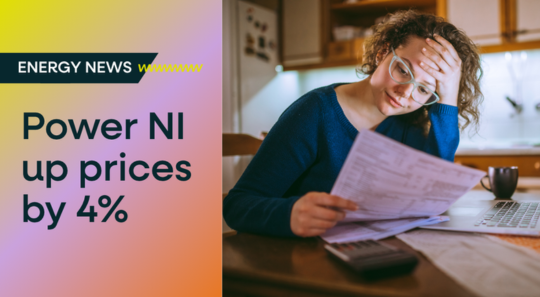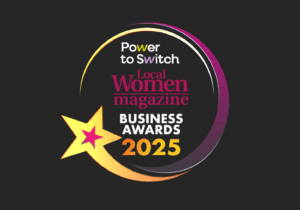Power NI, who supply electricity to 6 in 10 homes in Northern Ireland, have announced a 4% price increase for domestic customers from 1 October 2025.
Over 516,000 Power NI customers will now see their bills increase at a time of year when we use most energy in our home. See below to find out more about how this price increase will impact on bills.
What does the price increase mean for customers?
As a result of this price increase, a typical* Power NI customer with a credit (bill pay) meter will see bills rise by around £40 per year, while keypad (PAYG) customers will see a yearly increase of £39.
The increase will mean that the annual electricity bill for a credit customer will cost £1,029 and £1,003 for a keypad customer.
Power NI prices have been up and down over the last while. They increased tariffs, also by 4%, on 1st December 2024, which added around £38 to annual bills. This had followed a price decrease on 1st April 2024, when Power NI reduced prices by 6.3%, lowering bills by about £62.
With this being Power NI’s second tariff increase within a year bills remain high, passing the £1k level mark again, and will be a concern for many households as we head into winter.
For context, in April 2021, the average annual bill was around £570, highlighting how far we still are from returning to historical cost levels – or even suggesting that today’s prices might be the new normal.
What have Power NI said about the increase?
Power NI stated that the 4% increase is due to higher market operation and network-related charges, which will result in customers paying an average of 11 pence more per day.
William Steele, Director of Power NI Customer Solutions, said:
“We work hard to keep our prices as low as possible. Even though we have seen wholesale energy prices stabilise, they remain higher than previous years. Unfortunately, rising regulated pass-through market and network related costs which are beyond our control, have made a tariff adjustment unavoidable.
“We know this is unwelcome news; however, these additional costs have required the change. We have delayed for as long as possible, while still being able to ensure that our tariffs remain competitive locally and below the equivalent GB and RoI average.”
How are Power NI tariffs determined?
Whilst all suppliers compete for your business, Power NI as the largest supplier (supplying around 6 in 10 homes) is ‘price’ regulated. This means their prices are reviewed and approved by the Utility Regulator on a regular basis to ensure they reflect actual costs.
The Energy Price Cap does not apply to NI (only to England, Scotland and Wales).
How do Power NI prices compare to other suppliers?
Generally, Power NI tariffs are more expensive than the best deals available in the market. Other suppliers may react to these new prices – however, based on current offers in the market, Power NI could be £98 – £111 more than the cheapest bill pay deal, and £94 more expensive for keypad and depending on how you pay and are billed Power NI could be £71 – £158 more than the cheapest bill pay deal, and £133 more expensive for keypad.
Many people remain with Power NI as they are the incumbent supplier – but this does not mean they are cheapest or provide the best deal for you. If you have never switched or it’s been a while then you will save money by switching.
Switching to a better deal
If you’re a Power NI customer, you may be thinking about shopping around before the price rise.
At Power to Switch, we compare every tariff and deal from all electricity suppliers to help you save money. Switching is fast, hassle-free, and puts more money back in your pocket – no need to even notify your old supplier!
So far this year, Northern Ireland consumers who switched through powertoswitch.co.uk have saved over £2 million, and, on average, Power to Switch customers save £421 from their annual bills.
* typical customer is based on an average household usage of 3,200 units (kWh) per year.
** Power NI price increase is reflected in results displayed on Power to Switch.





